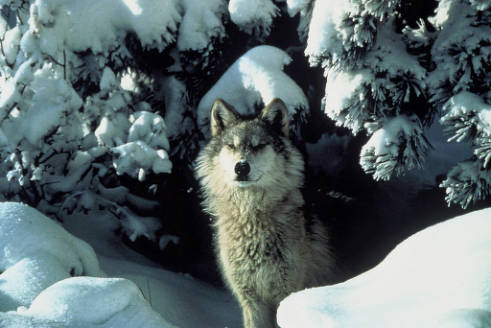We are blessed, throughout the United States, to have our Native American mythology, built on centuries of oral tradition. Here in the northeast, we are doubly blessed with many Native American place names with wonderfully descriptive origins. Just go down the South Shore of Massachusetts: Nantasket – “the place between the tides”; Cohasset – “the long rocky place”; Scituate – “the cold brook.”
But our Native American forbears on the land also left us a legacy of astronomy, with names, for instance, for the moons tied to the various seasons. Without written calendars, or, daresay we, smartphones, their very existence depended on knowing the time of the year through the moons. Moons could relate to harvests, to the time to gather beaver pelts, to hunting seasons. The January, or Wolf Moon, had a definition all its own.
January outdoors in the northeast, for man and beast alike, could prove tough to endure. Food could be scarce for all concerned. At times when the coldest winds of the year blew, when the wolves struggled the most to find sustenance, they would howl out their hunger pains outside the villages of the Native Americans, an unnerving sound for people who could find themselves face-to-face with them.
Wolves were extirpated from Massachusetts in the 1840s, but one appeared in the western part of the state in 2007. A wayward straggler, or the spearhead of a triumphant return? Sit outside some dark snowy night under the Wolf Moon, and decide for yourself.
